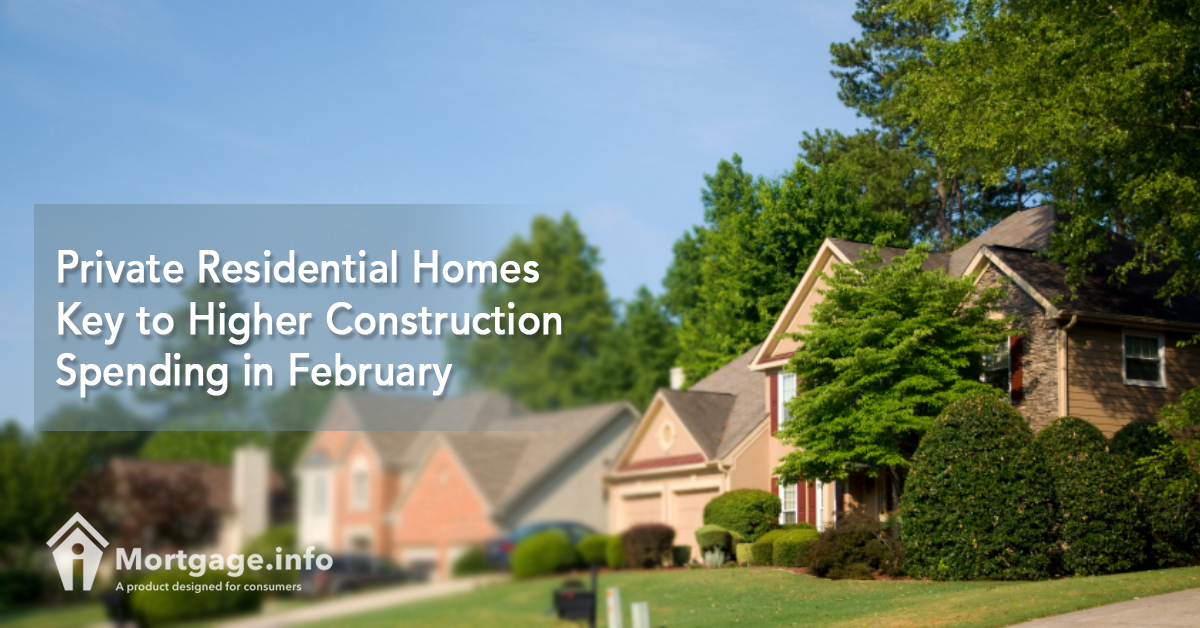
More homes being built in February contributed to a higher level of construction spending during the month, according to the Associated General Contractors of America (AGC). There was an increased spending in private residential and public sector projects last month. Meanwhile, spending on private nonresidential construction slowed down.
“While the overall market for construction continues to expand, public investments remain down for the year and private nonresidential activity could be much stronger,” Ken Simonson, chief economist at AGC, said in a public statement.
February’s overall construction spending was $1.192 trillion SAAR (seasonally adjusted annual rate). This rate represented a 0.8% increase compared to January and a 3.0% increase compared to the same period last year.
The higher spending on private residential projects in February represented a 1.8% increase from January and a leap of 6.4% over a 12-month period.
Specifically, multifamily residential housing spending grew in February by 2.0% and 10.6% from a year ago. Single-family residential spending also rose 1.2% in February and 3.4% year over year.
Meanwhile, spending on private nonresidential construction shrank during the month of February by 0.3% but compared to its pace a year ago, it rose 7.5%.
February’s spending on public works increased 0.6% compared to January but it was a decrease of 8.0% compared to February 2016.
Group Asks the President to Remove Roadblocks to Construction Spending
“Two factors that are clearly holding back construction demand are relatively high effective tax rates for many businesses and uncertainty about future demand for public infrastructure upgrades,” Mr. Simonson commented.
The trade association has urged Pres. Trump and the U.S. Congress to reform dated tax codes, whereby commercial construction companies are treated as pass-through entities and as such taxed at top individual tax rates.
AGC also cited old and ailing public infrastructure that undermines the U.S.’s global competitiveness as well as the demand for construction.
